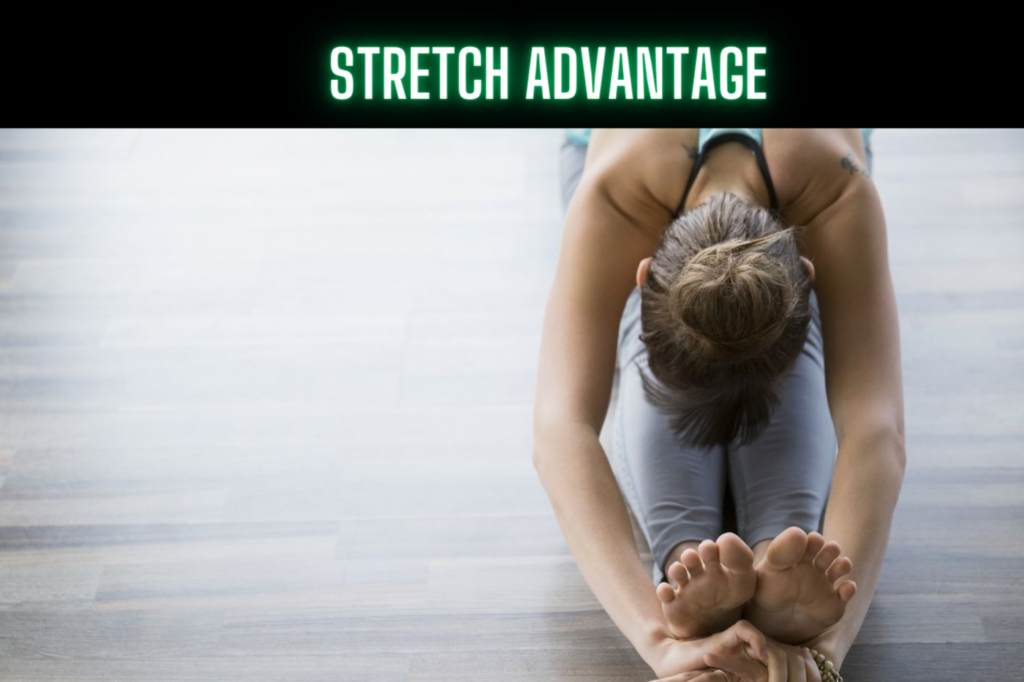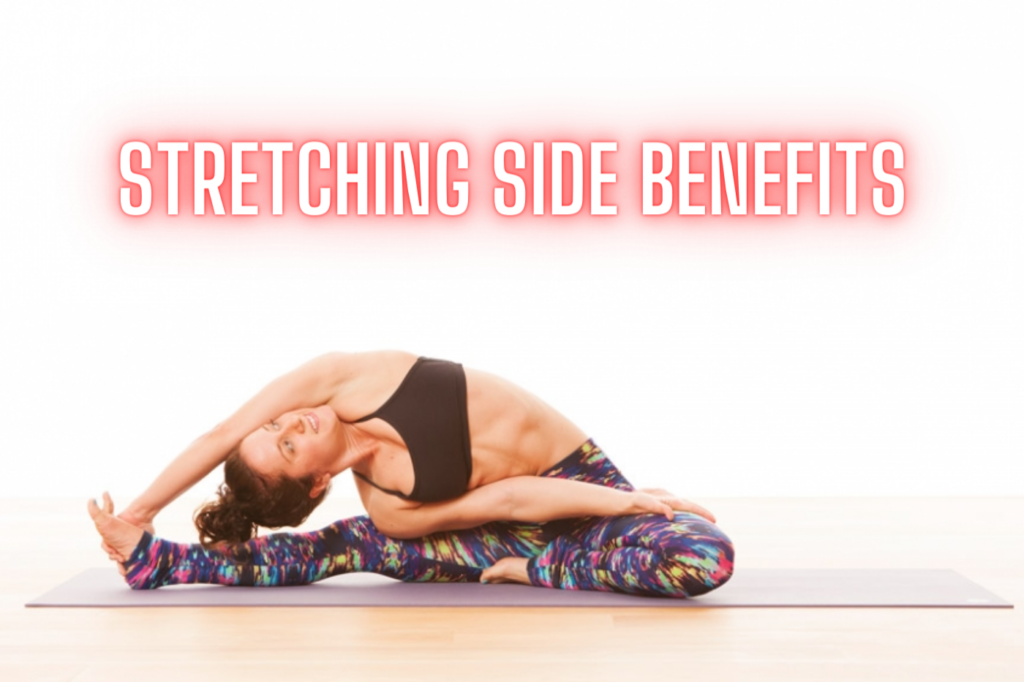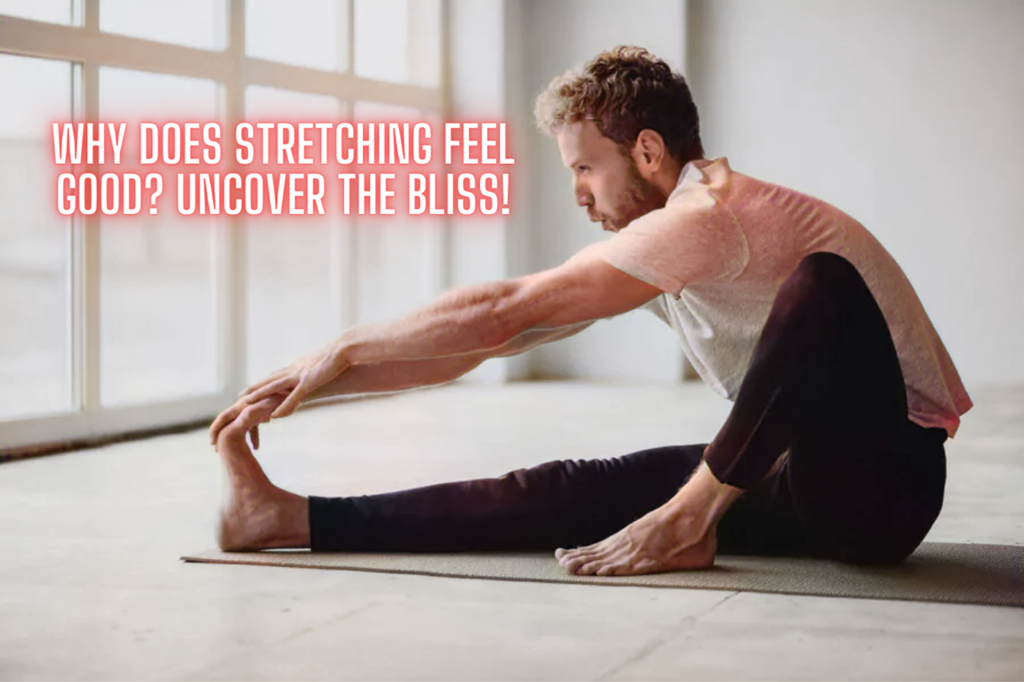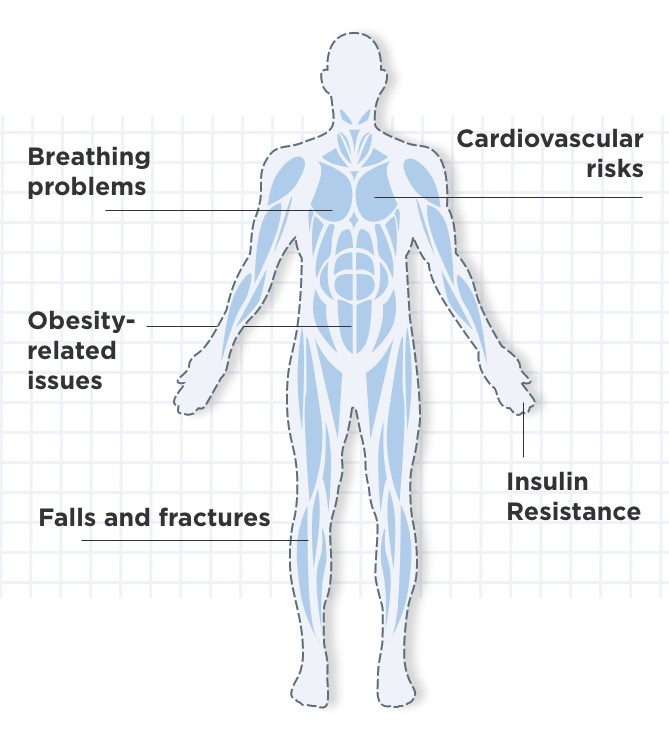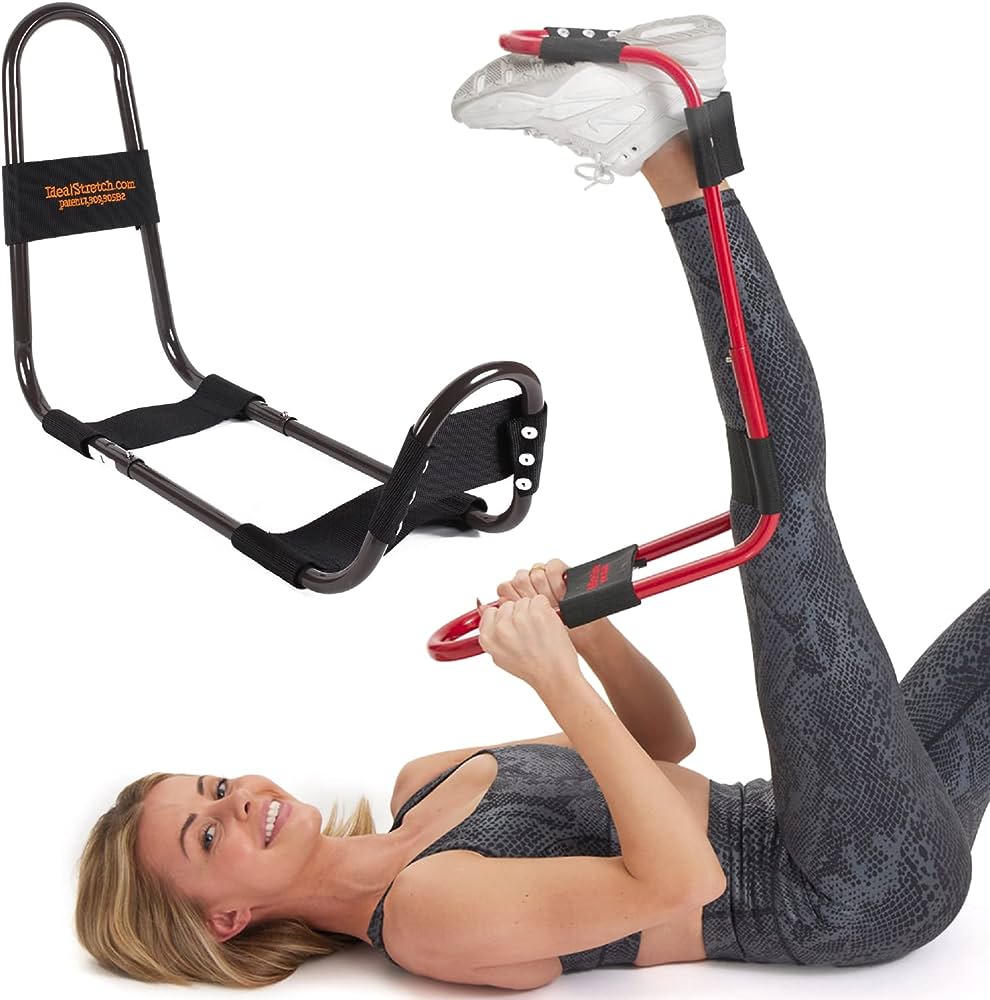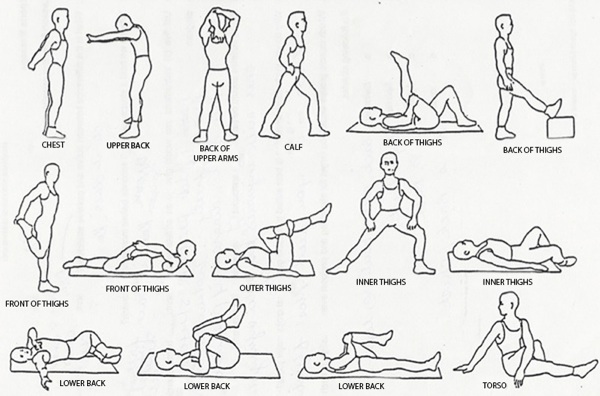Stretch Advantage improves flexibility and reduces injury risk. It also enhances muscle performance and overall physical health.
Stretching holds significant benefits for physical well-being. It increases flexibility, making daily movements easier and more efficient. Regular stretching also helps prevent injuries by preparing muscles for physical activity. Enhanced blood flow through stretching promotes faster muscle recovery post-exercise. This practice can alleviate muscle tension and reduce stress, contributing to better mental health.
Consistent stretching can improve posture by lengthening tight muscles that pull areas of the body away from their intended position. Adding a stretching routine to your daily regimen can lead to long-term physical health benefits and improved quality of life. Make stretching a priority to enjoy its comprehensive advantages.
The Importance Of Flexibility In Athletic Performance
Flexibility helps athletes stay safe during sports activities. Stretching reduces muscle stiffness. This makes muscles less likely to get hurt. Flexible muscles can move better. Better movement means fewer injuries. Stretching before exercise warms up the muscles. Warm muscles are less likely to tear. Stretching after exercise helps muscles recover. Recovery is important for injury prevention.
Flexibility improves muscle strength and endurance. Stretching makes muscles stronger. Strong muscles can work for a longer time. This helps athletes perform better. Flexible muscles also use less energy. This means athletes can play sports for a longer time. Stretching helps muscles stay healthy. Healthy muscles are strong and enduring.
Flexibility Vs. Mobility: Understanding The Difference
Flexibility refers to the ability of muscles to stretch. It allows a joint to move through its full range of motion. Mobility involves the ability of a joint to move freely. It requires muscle strength and coordination. Both are important for physical health.
Flexibility and mobility work together. Flexible muscles help joints move better. Good mobility means less chance of injury. Improving both can lead to better athletic performance. They make daily activities easier and safer.
Assessing Your Flexibility
Unlock your body’s full potential by assessing your flexibility with Stretch Advantage. Enhance mobility and reduce injury risk through targeted stretching exercises.
Common Flexibility Tests
The sit and reach test is very popular. It measures the flexibility of your hamstrings and lower back. The shoulder stretch test checks how flexible your shoulders are. The trunk lift test measures the flexibility of your trunk and lower back.
Benchmarking For Different Sports
Flexibility needs vary by sport. Gymnasts need high flexibility. Swimmers need good shoulder flexibility. Runners need flexible hamstrings. A table can help compare these needs.
| Sport | Key Flexibility Area |
|---|---|
| Gymnastics | Full body |
| Swimming | Shoulders |
| Running | Hamstrings |
Strategies To Increase Flexibility
Dynamic stretching helps in warming up your muscles. It includes movements like leg swings and arm circles. These stretches prepare your body for activity. They increase blood flow and improve range of motion. Dynamic stretches are best done before a workout. This routine can reduce the risk of injury. Always perform them in a controlled manner. Keep movements smooth and steady.
Static stretches are held for a long period. They help to relax muscles after exercise. These stretches improve flexibility over time. Hold each stretch for about 15-30 seconds. Avoid bouncing while stretching. Focus on breathing deeply during each stretch. Static stretches can be done daily. They are perfect for cooling down after a workout.
Incorporating Flexibility Training Into Your Routine
Start with a light warm-up. Gentle movements get your muscles ready. Hold each stretch for at least 20 seconds. Breathe deeply and steadily. Avoid bouncing during stretches. Stretch both sides of your body equally. Listen to your body and avoid pain. Use a mix of static and dynamic stretches. Make stretching a daily habit. Flexibility improves with consistency.
Set clear and achievable goals. Track your progress regularly. Gradually increase the intensity of stretches. Incorporate a variety of stretches. Include stretches for all major muscle groups. Mix stretching with other forms of exercise. Stay hydrated and eat well. Rest is also important for muscle recovery. Remain patient and persistent. Celebrate your progress, no matter how small.
The Psychological Benefits Of Flexibility Training
Stretching helps connect the mind and body. It improves body awareness and control. This connection can boost mental health. Feeling the body move can calm the mind. Stretching also helps focus on the present moment. This practice is called mindfulness. Mindfulness reduces stress and anxiety. It makes people feel more relaxed and happy. Stretching helps achieve this mind-body harmony.
Flexibility exercises reduce stress levels. Stretching relaxes tight muscles. This relaxation sends signals to the brain. The brain then tells the body to calm down. Deep breathing during stretching also helps. It lowers heart rate and blood pressure. Stretching also releases endorphins. These are chemicals that make you feel good. Endorphins help fight stress and pain. Regular stretching keeps stress away.
Advanced Techniques For Enhanced Flexibility
PNF stretching stands for Proprioceptive Neuromuscular Facilitation. This technique helps improve muscle flexibility. It uses a mix of stretching and contracting muscles. First, stretch the muscle to its limit. Then, contract it for about 10 seconds. After that, stretch it even further. This method tricks the muscle into relaxing more. Many athletes use PNF stretching for better performance. It is also useful for people recovering from injuries. Always perform PNF stretches with a partner or coach. This ensures safety and effectiveness.
Mobility tools help in improving flexibility and muscle recovery. Tools like foam rollers, massage balls, and resistance bands are common. Foam rollers help in self-myofascial release. They break down muscle knots and increase blood flow. Massage balls target smaller muscle groups. They are excellent for the feet and shoulders. Resistance bands add extra tension to stretches. They help in deepening stretches and improving flexibility. Using these tools regularly can lead to better muscle health. Always use them correctly to avoid injury.
Common Pitfalls To Avoid In Flexibility Training
Overstretching can harm your muscles. Always warm up before stretching. Stretching cold muscles can lead to injury. Hold each stretch for 15-30 seconds. Do not bounce during stretches. Bouncing can tear your muscles. Listen to your body. If it hurts, stop immediately. Stretching should feel good, not painful.
Balance your flexibility training with strength workouts. Strength training helps support your muscles. Strong muscles help prevent injuries during stretches. Include both types of exercises in your routine. This creates a balanced workout plan. Alternate between stretching and strength days. Your body needs rest to recover. This balance helps you stay fit and flexible.
Real-life Success Stories: Athletes Who Benefited From Flexibility Training
Many athletes have seen amazing results through flexibility training. For example, Sarah, a professional gymnast, improved her routines. She added stretching to her daily practice. Her scores went up and she won more medals.
Another athlete, John, a soccer player, also saw benefits. He used to suffer from frequent injuries. By incorporating regular stretching, he reduced injuries and played more games.
Professional coaches often emphasize the importance of flexibility. They teach athletes to include stretching exercises in their routines. This helps improve performance and prevents injuries. Yoga and Pilates are popular choices among athletes.
Many professionals also recommend dynamic stretching before workouts. Static stretching is suggested for cool-downs. These practices have shown to enhance flexibility and overall athletic performance.
Maintaining Flexibility As You Age
Younger people usually have more flexibility. They can try more challenging stretches. For older adults, gentle stretches are better. It helps to avoid injury. Always warm up before stretching. This keeps muscles safe and ready.
Kids can make stretching fun. Use games and music to engage them. Teenagers might enjoy yoga or dance. For adults, consistency is key. Keep a routine and stick to it. Seniors should focus on balance too. It helps prevent falls and injuries.
Consistency is important for flexibility. Stretch every day to see results. Even 10 minutes can make a big difference. Patience is also key. Flexibility takes time to improve.
Never rush through a stretch. Go slow and steady. Listen to your body. If something hurts, stop. Over time, muscles will become more flexible. Be kind to yourself and celebrate small wins.
Frequently Asked Questions
What Are The Benefits Of Stretching?
Stretching improves flexibility, reduces muscle stiffness, enhances circulation, and decreases the risk of injuries. It promotes relaxation and better posture.
Is It Good To Stretch Everyday?
Stretching every day can improve flexibility, reduce muscle tension, and enhance overall well-being. It supports better posture and prevents injuries.
Why You Should Always Stretch?
Stretching improves flexibility, reduces injury risk, and enhances blood flow. It also relieves stress and promotes better posture.
Does Stretching Improve Blood Flow?
Yes, stretching improves blood flow. It enhances circulation, delivering more oxygen and nutrients to muscles. This aids in recovery and reduces soreness.
Conclusion
Embrace the stretch advantage for better flexibility and overall health. Consistent stretching boosts muscle performance and reduces injury risks. Incorporate stretching routines into your daily life. Feel the benefits of improved posture and reduced stress. Prioritize your well-being with a simple yet effective stretching practice.

